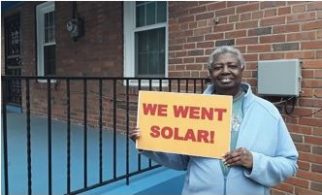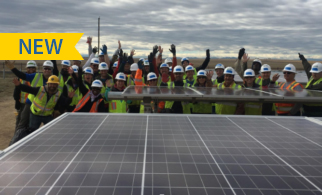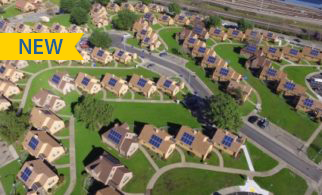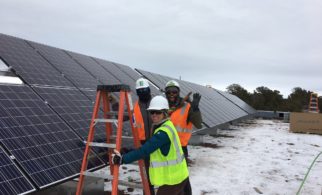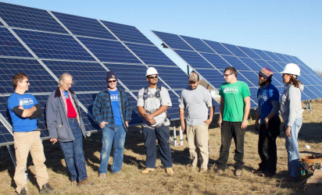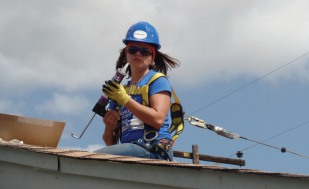Massachusetts
Program Overview
Massachusetts is a restructured state that has been supporting the deployment of low-income solar since 2005. One of the state’s most successful programs was created by the Massachusetts Green Communities Act of 2008 and later improved upon by the Department of Energy Resources. This law created a carve-out in the Renewable Portfolio Standard to support distributed solar. Referred to as Solar Carve-Out II / SREC II, solar installations serving low-income customers received a higher ratio of Solar Renewable Energy Credits (SRECs) for each megawatt hour produced from the solar installation compared to other customer installations. In other words, solar generation serving low-income customers got more SRECS per unit of energy produced, providing a larger cost offset.
Massachusetts is updating the method by which incentives are awarded. The Solar Massachusetts Renewable Target (SMART) program will continue to award higher incentives to projects serving low-income customers. Under the SMART program, the state will conduct an initial auction to determine a base incentive rate for solar projects, which will fall under a declining-block schedule over time. The base incentive rate will be multiplied by 230 percent for residential and small projects (under 25 kW) that serve low-income customers. The new incentive program is expected to be fully implemented by mid-2018 and aims to develop 1,600 MW of new solar in the state.
The Department of Energy Resources (DOER) and the Massachusetts Clean Energy Center (MassCEC) have also developed the Massachusetts Solar Loan program, a loan program through which the state will provide interest rate buy-downs and loan guarantees, with emphasis put on low-income solar. The goal of the program is to provide loans that are cash-flow positive from day one for customers, and provide risk protection for lenders who offer these loans to homeowners with lower credit ratings. The Solar Loan Program applies to homeowners, owner-occupied multifamily homes with three or fewer units, or residents interested in purchasing a share in a shared solar project. Funding for the Mass Solar Loan was initially set at $30 million when the program launched in December 2015. In September 2017, the MassCEC announced an additional $10 million in available funding. The program has funded over 3,400 solar projects, and over 40 percent of them are for low-income customers. Visit www.masssolarloan.com for more information.
Guiding Principles Addressed:
Accessibility and Affordability. Massachusetts’ incentives have improved accessibility and affordability of solar for low-income residents by reducing long-term costs and making it easier for customers with lower credit scores to access loans. .
Community Engagement. Community engagement is not built into the Massachusetts’ low-income solar programs. The final report of the Affordable Access Working Group, a collaborative of state agencies and private sector actors, recommended several steps the state should undertake to expand community engagement. The report was issued in April 2017 and is available here.
Consumer Protection. The MassCEC requires all contractors participating in the Mass Solar Loan to abide by a Code of Conduct, which includes provisions relating to project quality control as well as prohibitions on misleading or deceptive sales methods. The Code of Conduct also includes disciplinary actions that may be taken against any contractors who violate the standards of conduct and installation.
Sustainability and Flexibility. Massachusetts has demonstrated a long-term commitment to solar deployment, and the inclusion of incentives for low-income solar in programs like SREC II, which lasted for years, have made the state attractive to developers and the financial community, which rely on forward-looking programming to make their investments.
Compatibility and Integration. The Mass Solar Loan program incentivizes energy efficiency by requiring participating residential customers to have undergone an energy audit within the past five years or have one scheduled at the time of the loan closing.
Last updated: March 2018
